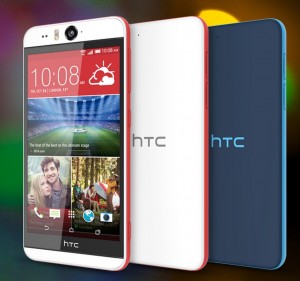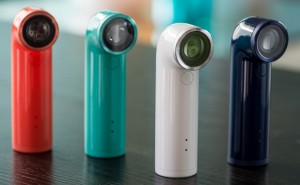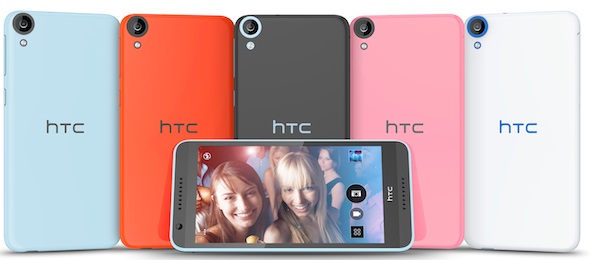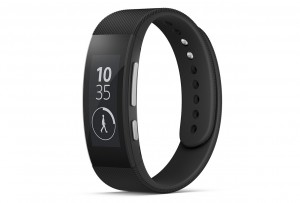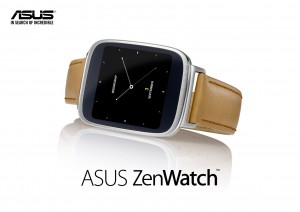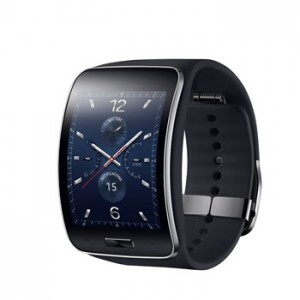Android 5.0 is here, and it’s officially named Lollipop. Google confirmed this week that the newest iteration of the popular OS will soon be available on three new Nexus devices, as well as several older Nexus phones and tablets.
The updated to the OS was originally announced earlier this year at Google I/O, where it was referred to as “Android L.” Lollipop contains various new features and a new look based on a design language Google has termed “Material Design,” which is intended to bring a more consistent look to software across Android, Chrome OS, and the web, on a multitude of device types.
Functionally, Android Lollipop presents more information about notifications from the lock screen. It also includes a revamped “recents” button, which will quickly bring up a set of Google Now-style cards for open apps. Google also claims that Lollipop will allow for several performance upgrades, including compatibility with 64-bit chips and a built-in “battery-saver” mode.
Android Lollipop will launch on three new Nexus devices. First is the Nexus 6, a 6-inch aluminum smartphone with a 13-megapixel camera, built by Motorola. Next up is HTC’s Nexus 9, an 8.9-inch tablet with a keyboard folio that magnetically connects to the device. Finally, there’s the Nexus Player from Asus, the first device to run Google’s new version of Android TV. The streaming gadget comes with Google Cast functionality.
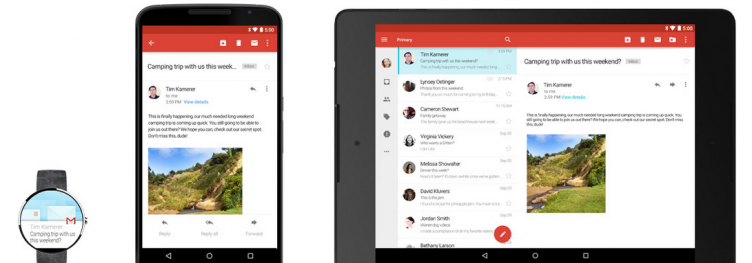
The Nexus 9 and Nexus Player will be available for pre-order on October 17 and the Nexus 9 will be in stores November 9. The Nexus 6 will be available for pre-order on October 29 and will arrive in stores in November through AT&T, Sprint, Verizon, US Cellular, and T-Mobile. Users may also purchase an unlocked version through the Google Play store.
Android 5.0 will be also be available on the Nexus 4, 5, 7, 10 and Google Play edition devices in the coming weeks. Of the third-party Android OEMs, Motorola has announced Android 5.0 Lollipop will be coming to its series of Moto and Droid devices as well. Expect more manufacturers to follow in the coming months, though specific roll out times for the update are not immediately available.
The post Android 5.0 is Official, and It’s Called Lollipop appeared first on Brighthand.com.


